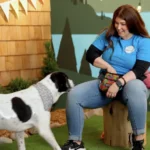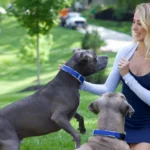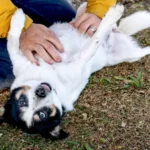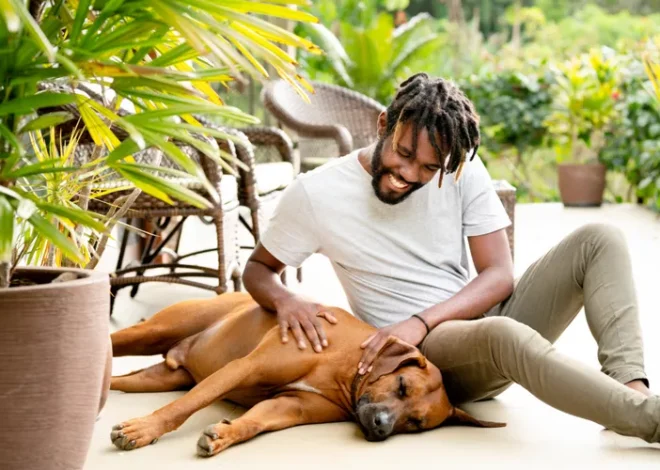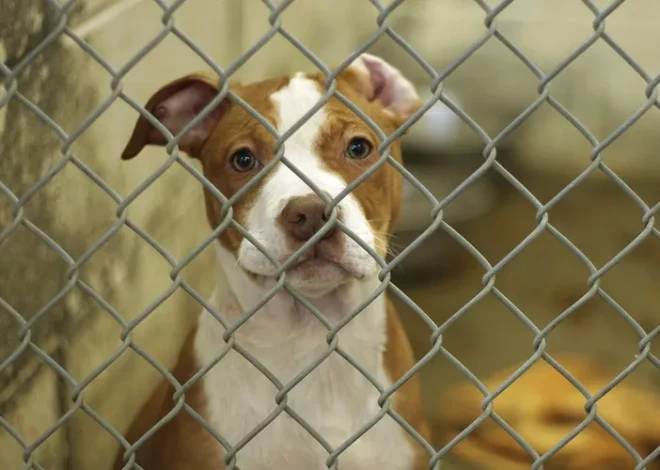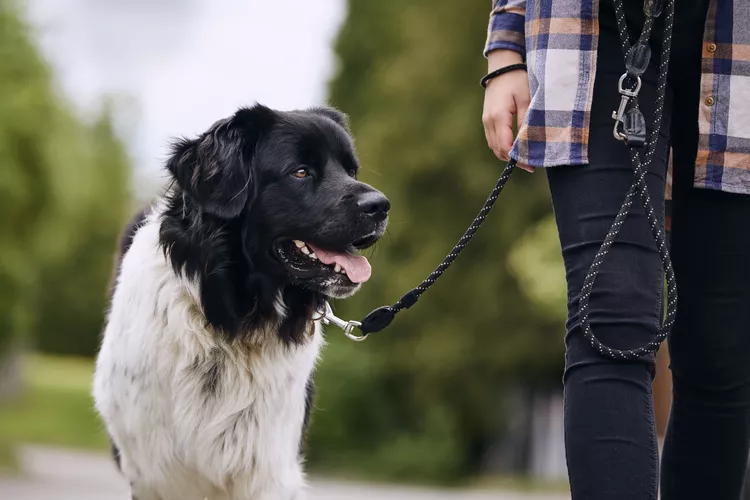
8 Essential Skills to Teach Your New Rescue Dog Right Away

Unlock a harmonious relationship with your furry friend.
Welcoming a rescue dog into your home is an exciting and rewarding experience. However, the first few weeks are crucial for setting the foundation of trust, communication, and boundaries. Teaching your dog essential skills using positive reinforcement ensures a smooth transition and helps build a lasting bond rooted in love and mutual understanding.
Here are eight indispensable things every new rescue dog should learn right away to thrive in their new environment.
1. Understanding Marker Words for Clear Communication
Creating clear communication with your rescue dog starts with teaching them marker words like “good” or “yes.” These words signal that a specific behavior is correct and should be rewarded.
Leigh Siegfried, CEO of Opportunity Barks Behavior & Training, emphasizes that marker words are foundational. Always follow the word with a reward—whether a treat, toy, or praise. This immediate feedback strengthens your dog’s understanding of desired behaviors.
👉 Read Also: Decoding Dog Lip Licking: Understanding Your Canine’s Silent Language
2. Teaching Reliable Recall
A strong recall command, like “come,” is not just convenient; it can save your dog’s life. Start training indoors with minimal distractions. Use a treat to lure your dog and say their name followed by “come.” Reward them with enthusiasm when they respond correctly.
Practicing recall regularly helps your dog associate coming to you with positive experiences, ensuring they obey even in outdoor or emergency scenarios.
👉 Read Also: Loose Leash Walking: Transform Your Dog Walks from Chaos to Calm
3. Instilling the “Wait” Command
Teaching your dog to “wait” is vital for their safety and manners. This cue is particularly important for rescue dogs who may have a flight risk history. Start by asking your dog to pause before crossing streets, exiting doors, or receiving food.
Use short durations at first, rewarding them for their patience. Gradually extend the wait time as they improve.
👉 Read Also: Why Letting Your Dog Sniff is Crucial for Their Happiness
4. Mastering the “Leave It” Cue
The “leave it” command is critical for keeping your dog safe. Whether it’s avoiding dropped food, steering clear of harmful objects, or preventing dangerous chases, this skill protects your dog from potential risks.
Introduce the cue during calm moments, gradually increasing the level of temptation as they improve. Reward them every time they obey.
5. Learning to Embrace Downtime
Dogs need to learn how to handle periods of inactivity. This prevents destructive behaviors and ensures they can relax while you attend to other tasks. Reward your dog only when they are calm during downtime.
This skill complements an active lifestyle, as regular exercise ensures your dog is both mentally and physically satisfied.
👉 Read Also: The Play Bow: Deciphering Your Dog’s Invitation to Fun
6. Practicing Polite Leash Walking
Good leash manners make walks enjoyable and safe. Begin in low-distraction environments, rewarding your dog for staying by your side. Gradually introduce distractions as they master the behavior.
👉 Read Also: Training Your Shelter Dog: Building a Loving Bond
7. Potty Training with Patience
If your rescue dog isn’t potty trained, establish a routine. Take them outside frequently, especially after meals or naps. Reward them for relieving themselves outdoors and remain calm if accidents happen.
👉 Read Also: Why Do Dogs Lick Their Paws?
8. Setting Boundaries from Day One
Consistency is key to teaching house rules. Whether it’s staying off furniture or avoiding destructive behaviors, use positive reinforcement and redirection to guide your dog.
By establishing boundaries early, your dog will adapt quickly, creating a harmonious household.
👉 Read Also: Debunking the Alpha Roll: A Modern Approach to Dog Training
Final Thoughts
Empowering your rescue dog with these essential skills ensures a smooth transition and strengthens your bond. Remember, patience and consistency are your best tools. As your dog learns and grows, these foundations will pave the way for countless joyful moments together.
For more insights on dog training and care, explore these helpful articles:


